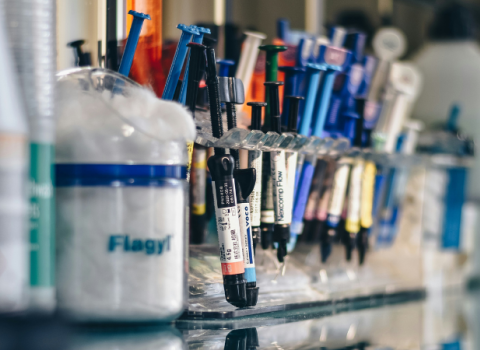A new controller device that greatly improves the ease of use of 3D medical imaging workstations has been developed at the Cambridge University and Addenbrooke’s Hospital, Cambridge. Cambridge Enterprise, the university’s commercialisation group, has worked closely with the inventors and is seeking commercial partners to further develop this technology.
There has been huge growth in the use three-dimensional medical imaging technology in recent years, meaning radiologists are now routinely examining complex 3D data image sets. Increasingly, they are using 2D image planes that slice through this data at a variety of angles, to obtain the most clinically informative view.
However, current approaches used to orientate the 2D image plane within the 3D data are cumbersome and visually distracting. Workstations with conventional keyboards and mice mean users must rely on multiple reference images and multiple operations to change the orientation of the image plane.
A new controller, invented by David Lomas of the Department of Radiology at Cambridge and Martin Graves of Cambridge University Hospitals NHS Foundation Trust, allows radiologists to orientate 2D views created from 3D data easily and rapidly without depending on reference images. By allowing the radiologist to focus only on the clinical image, the controller minimises the spatial disorientation and visual distraction associated with existing approaches.
The mode of action of the controller is inspired by clinical ultrasound, where operators direct their attention fully to the diagnostic image, avoiding distracting interactions with the system interface. The inventors realised that the reason this was possible was that the ultrasound probe is always in contact with and constrained by the patient’s skin surface.
By developing a controller that mimics this surface constraint, they say they have created a device that is as easy and intuitive to use as an ultrasound probe.
The controller device can also be used to orientate the image plane during real-time MRI examinations in a similar fashion to ultrasound.
For further information please contact Sarah Collins, Marketing Manager, Cambridge Enterprise Limited: [email protected]




 A unique international forum for public research organisations and companies to connect their external engagement with strategic interests around their R&D system.
A unique international forum for public research organisations and companies to connect their external engagement with strategic interests around their R&D system.